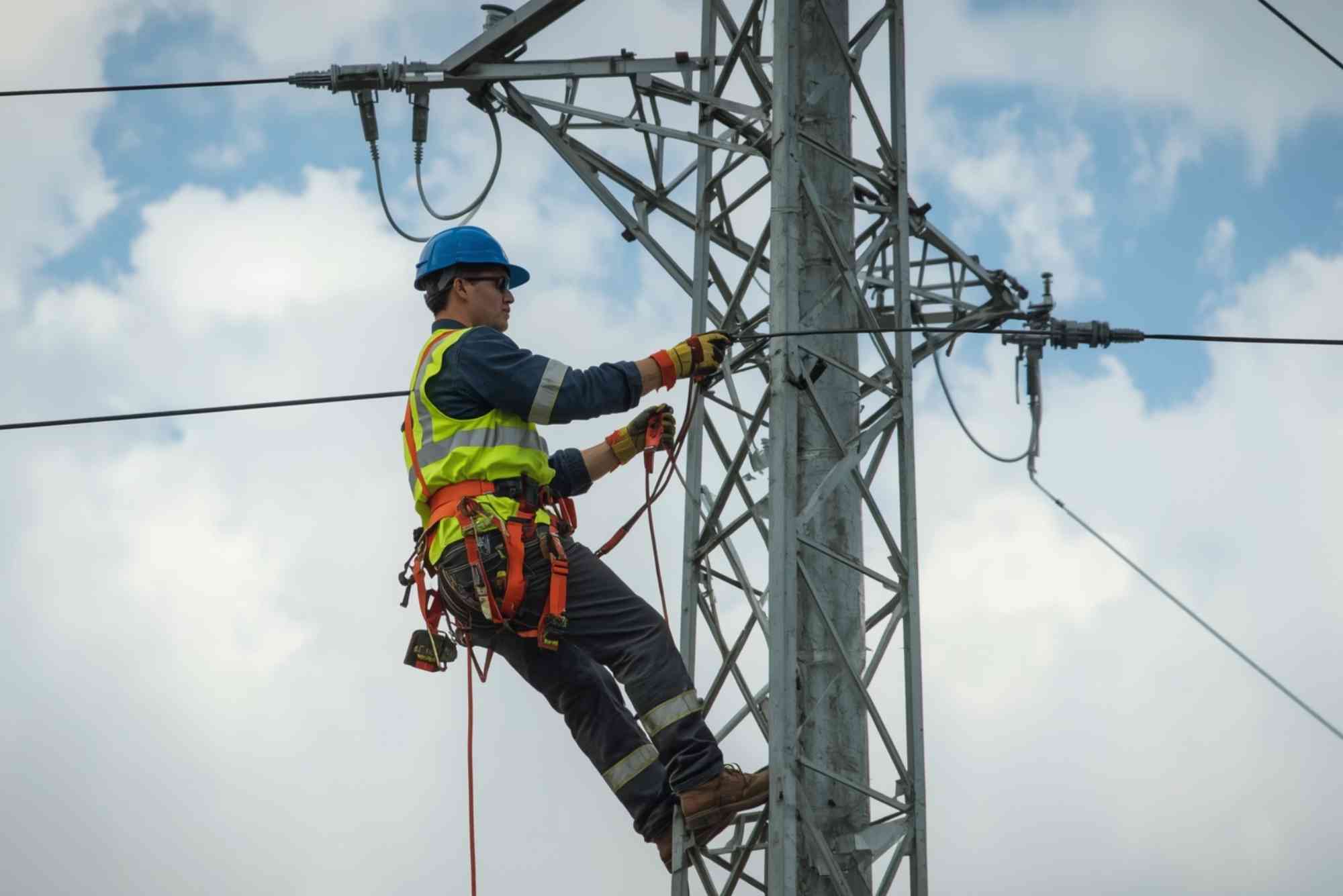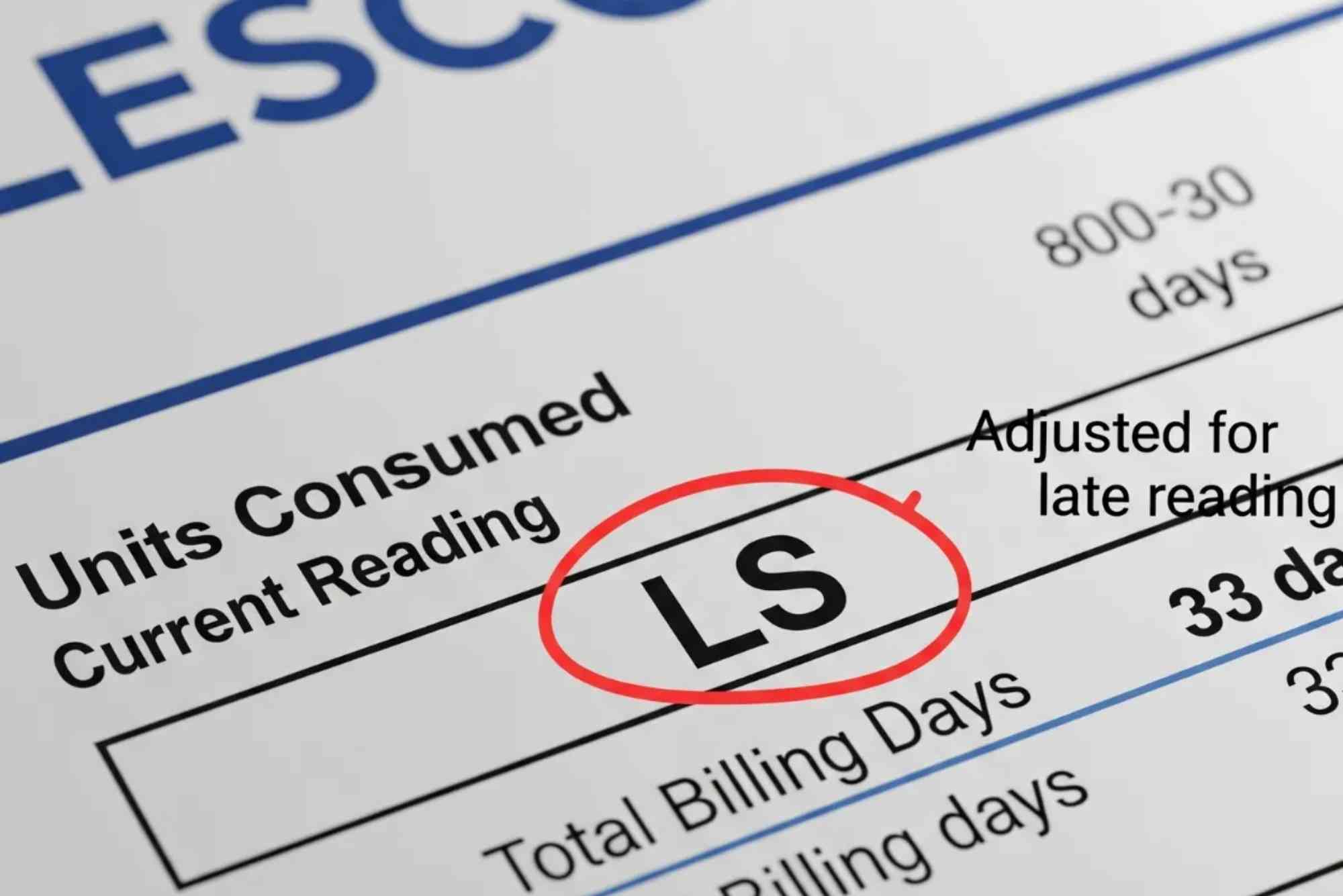Everything You Need to Know About Lesco Load Shedding Schedule
Electricity plays a vital role in our daily lives, but power interruptions are an unavoidable reality in many parts of Pakistan. The Lesco load shedding schedule is a crucial resource for residents of Lahore and surrounding regions, helping them stay informed about planned power outages. Understanding this schedule can save you from frustration, help you plan your daily activities, and even protect your electrical appliances from sudden power surges.
In this guide, we’ll cover everything you need to know about the Lesco load shedding schedule—from its purpose and working mechanism to how you can check updates online. Whether you’re a homeowner, student, or business owner, this article will provide clear insights into managing your electricity use effectively.
Understanding the Lesco Load Shedding Schedule
LESCO, or Lahore Electric Supply Company, manages the power distribution for Lahore and nearby districts such as Kasur, Sheikhupura, and Okara. Like other electricity distribution companies in Pakistan, Lesco occasionally enforces load shedding—temporary power cuts designed to balance electricity demand and supply.
The Lesco load shedding schedule outlines the specific hours or time blocks when electricity will be unavailable in different areas. This schedule changes based on various factors, such as demand, maintenance work, or energy shortfalls at the national level.
Why Load Shedding Happens
Load shedding isn’t random—it’s a carefully managed process meant to stabilize the entire power grid. The main reasons include:
- Demand exceeding supply: During hot months, when air conditioners and fans run continuously, demand skyrockets.
- Maintenance work: Scheduled repairs or upgrades to transmission lines require temporary power suspensions.
- System overload prevention: If demand threatens to exceed safe limits, LESCO cuts off certain areas to prevent total grid failure.
- Energy shortfalls from national sources: Power generation plants sometimes fail to provide sufficient electricity to distribution companies.
By referring to the Lesco load shedding schedule, you can anticipate these power cuts and plan ahead.
How to Check the Lesco Load Shedding Schedule
LESCO provides several convenient ways for customers to check their load shedding schedule. The most accessible method is through its official website and connected digital platforms. Let’s explore these methods in detail.
Visiting the Official Lesco Website
The official Lesco website publishes updated schedules regularly. To find your area’s load shedding information, visit the “Load Management” or “Outage Schedule” section. Here, you can search for your area or feeder to view expected power cut timings.
Using Customer Service Helplines
If you can’t access the internet, you can call LESCO’s customer care centers. Their representatives are trained to inform you about current or upcoming outages in your region. This is particularly useful during emergencies or unplanned outages.
Checking Social Media Updates
LESCO’s social media pages, such as Facebook and Twitter, often post updates about power disruptions, maintenance alerts, and restored supply times. Following these pages can keep you informed in real-time.
Through Third-Party Platforms
Websites like Lesco Online Bill Check also provide quick links and resources to view both your bill details and load shedding updates. This makes it easier to manage your electricity needs from one place.
Factors Affecting the Lesco Load Shedding Schedule
The Lesco load shedding schedule isn’t static—it fluctuates due to multiple operational and environmental conditions. Understanding these factors helps you interpret why some days have more outages than others.
Seasonal Demand Variations
Summertime in Lahore brings a surge in electricity consumption due to air conditioners, fans, and refrigerators running continuously. This increased load often leads to more frequent or longer power cuts.
Energy Generation Shortfalls
Sometimes, national-level energy production plants face fuel shortages or mechanical failures. When this happens, LESCO receives a reduced energy quota from the national grid, prompting them to adjust their local schedules.
Technical Maintenance
Routine maintenance of transformers, lines, and substations requires power to be temporarily turned off. Such maintenance may be announced beforehand through the schedule.
Emergency Outages
Occasional unplanned outages occur due to technical faults, accidents, or severe weather conditions. Although these are not part of the official Lesco load shedding schedule, they still affect consumers temporarily.
How to Prepare for Load Shedding
Power cuts can be stressful, but preparation can significantly reduce inconvenience. Here are some practical ways to stay comfortable and productive even during outages.
Keep Devices Charged
Always keep your phones, laptops, and power banks fully charged. You never know when the power might go off unexpectedly.
Use UPS or Generators
Installing a UPS system or generator ensures continuous power supply for essential appliances like fans, routers, and lights.
Manage Appliance Usage
Turn off unnecessary devices during load shedding to prevent sudden surges when power returns. This protects sensitive electronics from damage.
Light Alternatives
Keep rechargeable lights or battery-powered lamps handy. Candles can be useful but should be used cautiously to prevent fire hazards.
Monitor the Schedule Daily
By regularly checking the Lesco load shedding schedule, you can plan cooking, studying, or business operations during hours with stable power.
The Impact of Load Shedding on Daily Life
Load shedding affects households and businesses differently, but its overall impact is significant. Understanding these effects emphasizes why staying informed about the schedule is crucial.
For Households
Power outages disrupt comfort and daily routines. Cooking, cleaning, and even children’s studies are affected. However, with preparation and awareness of the Lesco load shedding schedule, families can adapt their routines efficiently.
For Businesses
Small businesses relying on continuous power, such as salons, bakeries, or printing shops, experience financial losses during prolonged outages. Knowing the exact timings helps them manage workflow better or arrange for backup solutions.
For Students
Online learning, research, and exam preparations often depend on a stable internet connection. Being aware of outage timings allows students to download materials or complete assignments beforehand.
Common Misconceptions About Lesco Load Shedding
While load shedding is a familiar term, many misconceptions surround it. Let’s clear up a few common myths:
- Myth: Load shedding happens without planning.
Fact: LESCO follows a well-structured schedule designed to minimize overall disruption. - Myth: All areas face the same duration of outages.
Fact: The duration varies depending on feeder type, load demand, and technical conditions. - Myth: Load shedding only occurs in summer.
Fact: Although more common in hot months, it can occur any time of the year due to technical or supply-related reasons.
Understanding these realities helps customers remain patient and informed during unavoidable interruptions.
How Lesco is Improving Its Power Management System
Over the years, LESCO has taken significant steps to improve service reliability and transparency. Modern digital tools and data-driven systems allow better load distribution and fewer unplanned outages.
Smart Grid Technology
LESCO is gradually implementing smart grid systems that use real-time data to manage electricity flow efficiently. This helps in identifying and fixing faults faster.
Online Platforms
Through online services like Online Bill Check and other portals, consumers can not only pay bills but also track updates about outages and maintenance schedules.
Customer Feedback Systems
LESCO now provides online complaint registration and feedback options, ensuring that customers can report issues instantly and receive timely responses.
Tips for Reducing Load Shedding Impact at Home
Here are a few energy-saving strategies that can indirectly help reduce the load on the grid and minimize the need for power cuts:
- Use energy-efficient LED bulbs instead of traditional lights.
- Unplug devices when not in use to prevent phantom power loss.
- Switch to inverter-based appliances for better energy management.
- Utilize natural daylight whenever possible.
- Encourage family members to practice electricity conservation.
By reducing overall consumption, we collectively contribute to a more stable power supply system.
(FAQs)
How can I check the Lesco load shedding schedule for my area?
You can check it through the official LESCO website or call their customer service. Social media and partner websites also share real-time updates.
Why does my area face more frequent power cuts than others?
Different areas fall under separate feeders, and some feeders experience higher load demand or technical issues, leading to longer outages.
Can load shedding schedules change suddenly?
Yes, during emergencies or unexpected system failures, LESCO may alter the schedule temporarily.
Does LESCO inform users before unplanned outages?
In most cases, notifications are shared via social media, SMS alerts, or local announcements if there’s advance notice.
How can I file a complaint about frequent outages?
You can register complaints through the LESCO helpline, mobile app, or official website. Customer service usually responds within 24 hours.
Staying informed about the Lesco load shedding schedule helps you adapt, plan, and manage your daily life more efficiently. While power interruptions can be frustrating, understanding why they occur and how to prepare for them makes a significant difference.
LESCO continues to modernize its infrastructure, striving to reduce outage durations and improve communication with consumers. To keep track of your power supply and bills, visit Lesco Online Bill Check or explore Online Bill Check for convenient access to updates and online billing tools.
















